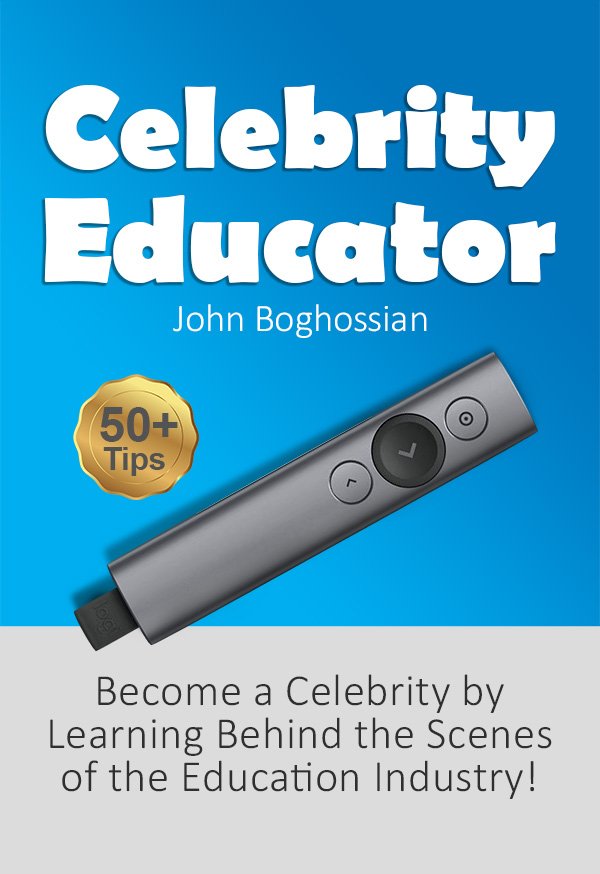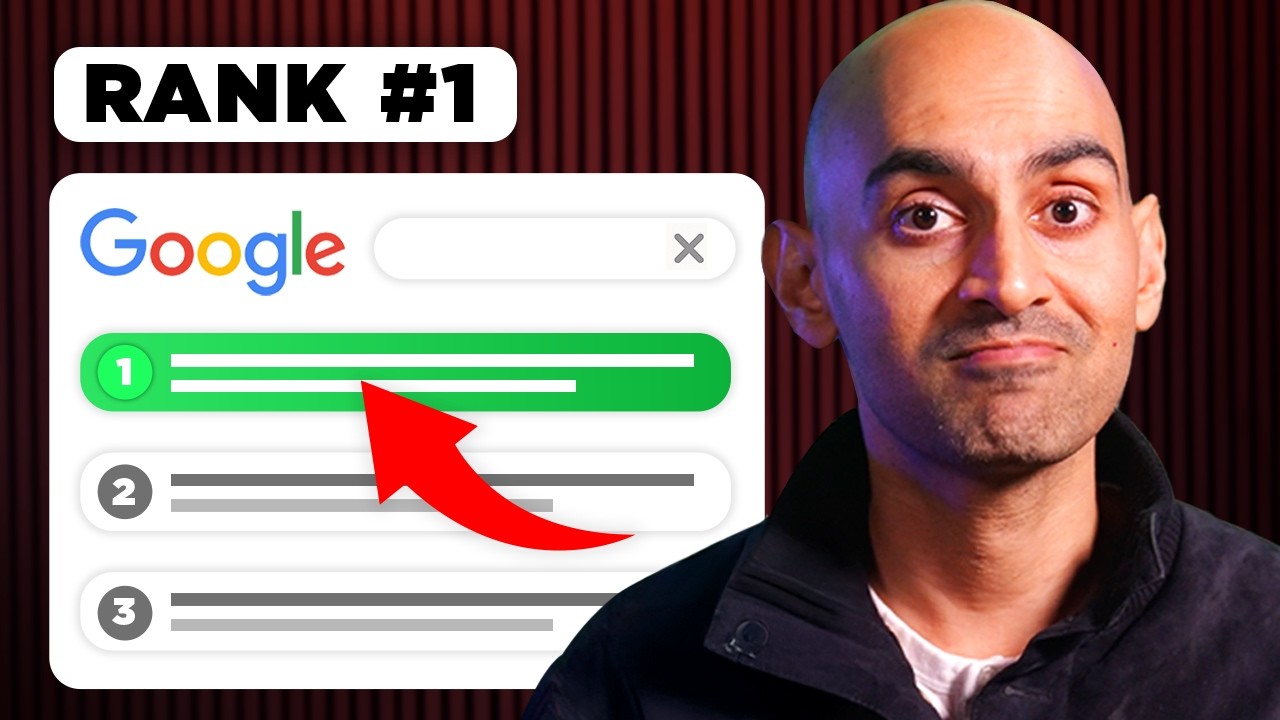Contents
- 1 How to Effectively Summarize Books
- 2 Step 1: Export Your Highlights to a Digital Notes App and Summarize Books
- 3 Step 2: Use Progressive Summarization to Distill the Highlights
- 4 Step 3: Create an Outline from the Bolded Passages
- 5 Step 4: Feed the Outline into ChatGPT with a Customized Prompt
- 6 The Results: Saving Time While Retaining Depth
- 7 Why This Method Works So Well
- 8 Getting Started: Tools You’ll Need
- 9 Final Thoughts
Reading books has always been a passion of mine, but like many avid readers, I found myself overwhelmed by the sheer volume of information I consumed. At one point, I was reading up to 50 books a year, speeding through them as if my life depended on it. Yet, despite this massive intake, I realized that little of what I read was truly sticking. The words passed through my mind without leaving a lasting impact. If you’re like me, you don’t just want to read—you want your reading to make a real difference in your life. To achieve that, learning how to Summarize Books effectively is crucial. When you Summarize Books, you create lasting knowledge from your reading experiences.
This realization led me to change my approach: instead of racing through books, I began summarizing each one in my own words. These summaries became invaluable building blocks of knowledge that I could incorporate into my work and share with others. They transformed vague impressions into tangible proof of what I had learned. But there was a catch—writing these summaries was incredibly time-consuming, especially after becoming a parent and having far less free time.
This method of learning to Summarize Books allows you to process information better and retain vital insights.
Then came ChatGPT, and everything changed. I discovered a method to create high-quality, personalized book summaries in a fraction of the time it used to take me. In this article, I’ll share exactly how I use ChatGPT to Summarize Books effectively, step-by-step, so you can do it too and learn to Summarize Books in no time. By using effective techniques to Summarize Books, you can enhance your understanding of the material.
How to Effectively Summarize Books
Learning to Summarize Books is an essential skill for those who want to get the most out of their reading.
My first attempt was straightforward: I asked ChatGPT to write a summary of a book on its own. Unfortunately, the results were disappointing. The summaries were often too brief, superficial, and filled with clichés. They failed to capture the unusual, insightful, and important ideas that made the book worth reading in the first place.
With practice, anyone can master the art of Summarizing Books.
The core problem? ChatGPT doesn’t have direct access to the full text of the book. Instead, it relies on summaries already available on the internet. A summary of a summary rarely does justice to the original content, resulting in watered-down insights.
This limitation pushed me to think differently. I realized that if I could provide ChatGPT with the most important parts of the book myself, it could generate a much richer summary. And that’s where my system for extracting and feeding highlights into ChatGPT comes in.
Step 1: Export Your Highlights to a Digital Notes App and Summarize Books
When I read ebooks, I highlight passages that stand out to me. I use the Kindle app on my iPad and a service called Readwise to automatically save all my highlights to my digital notes app. This gives me a centralized, searchable repository of the best parts of every book I read.
For instance, I recently read Where Good Ideas Come From by Steven Johnson, highlighting the most thought-provoking passages as I went. These highlights—capturing the author’s key arguments and illustrative examples—are the raw material for my summaries.
Step 2: Use Progressive Summarization to Distill the Highlights
Simply dumping all your highlights into ChatGPT won’t work. Most books generate thousands of words of highlights—far too much for ChatGPT to process at once (the limit is around 4,000 tokens, or roughly 3,000 words). For example, my highlights from one book alone amounted to about 8,000 words, which is double what ChatGPT can handle in a single prompt. That’s why it’s essential to Summarize Books before feeding them into the AI.
This is where progressive summarization comes in. It’s a technique I developed to progressively distill information by layering emphasis:
- First pass: Highlight the best passages while reading the book.
- Second pass: Bold the most important, resonant, and surprising points within those highlights.
In the notes app, I review all my imported highlights and bold only the points that are truly essential or that I can see immediately using in my work or projects. For example, in Steven Johnson’s book, I bolded the main argument: that a series of shared properties and patterns tend to recur in unusually fertile environments for ideas. I also highlighted his concept that ideas are like a collage, built from bits and pieces of previous insights, not sudden flashes of genius.
When you Summarize Books, you distill the content, allowing for better engagement with ideas.
This step drastically reduces the volume of text, making it manageable and laser-focused on value.
Step 3: Create an Outline from the Bolded Passages
Once I have the most important points bolded, I transform them into an outline. This helps clarify the structure of the summary and signals to ChatGPT which ideas are primary and which are supporting.
Creating an outline is a vital step to Summarize Books effectively.
I usually work in split-screen mode, with my notes app on the left and a new note on the right. The new note is titled “Outline for [Book Title] Summary.” Then, I copy and paste each bolded passage into this outline, organizing them hierarchically with bullet points:
- Main arguments as top-level bullets
- Supporting points and examples as nested bullets
This process feels like reverse-engineering the book’s structure. The author’s key ideas are often buried within dense paragraphs, but by creating an outline, I make those ideas highly visible and ready for ChatGPT to process.
Step 4: Feed the Outline into ChatGPT with a Customized Prompt
Now that I have a clear, concise outline of the book’s most important ideas, I’m ready to hand it over to ChatGPT. I copy the entire outline and paste it into ChatGPT’s prompt window. But I don’t just ask it to summarize the outline—I give it a detailed instruction to:
Incorporating the ability to Summarize Books directly into your workflow enhances productivity.
- Incorporate the outline’s points into a coherent, engaging summary
- Enhance the summary with additional material available on the web
- Focus on interesting, unique, and unusual details that make the writing compelling
For example, my prompt looks like this:
Utilizing AI to Summarize Books can unlock new levels of insight and clarity.
“Using the following outline, write a detailed and engaging summary of the book. Incorporate these points and add any relevant details you find online. The reason I do this is because good writing is all about details—interesting, unique, and unusual details make a piece compelling. Outline: [paste outline here]”
Within seconds, ChatGPT produces a far superior summary compared to my initial attempts. The output is longer, more detailed, and filled with specific examples and supporting points. It captures the spirit of the book much better than a generic summary.
The Results: Saving Time While Retaining Depth
This method has saved me at least 70-80% of the time it used to take to write book summaries manually. Instead of spending hours crafting a summary from scratch, I now spend time only on selecting the best highlights and structuring my outline. ChatGPT then does the heavy lifting of writing a polished, rich summary.
The ability to Summarize Books quickly can transform how you approach your reading list.
For anyone who reads books with practical takeaways they want to apply in life or work, this approach is a game-changer. It’s never been easier or more efficient to combine the incredible content available through books and the internet with the power of AI.
Why This Method Works So Well
Several factors make this approach effective:
Adopting strategies to Summarize Books helps you retain information better.
- Human curation: By selecting and bolding the best highlights, you ensure that only the most valuable content is passed on to AI.
- Structured input: The outline format helps ChatGPT understand the hierarchy and importance of ideas.
- Augmented intelligence: ChatGPT enhances your curated content with additional knowledge and writing style, producing a richer summary.
- Efficiency: You leverage AI for the time-consuming writing process without sacrificing depth or quality.
Getting Started: Tools You’ll Need
To replicate this process, you’ll want to set up a few tools:
These tools will assist you in your journey to Summarize Books more effectively.
- eBook reader with highlighting capabilities: Kindle app is my go-to.
- Readwise: This service automatically syncs your highlights from Kindle and other apps to a central notes app.
- Digital notes app: I use one that supports rich text and split-screen editing to manage my highlights and outlines.
- ChatGPT or similar AI writing assistant: To generate the final summary.
Final Thoughts
I’m still amazed every time I watch an AI write in minutes what used to take me hours of focused work. This isn’t just about saving time—it’s about making reading more meaningful and actionable. By Summarizing Books in my own curated way and using AI to help with the writing, I retain far more knowledge and create a valuable personal library of insights. Learning how to Summarize Books is a crucial skill for every avid reader.
If you’re a reader, a learner, or someone who wants to get more from the books you invest time in, I highly encourage you to try this method to Summarize Books. Experiment with your own highlighting and summarization process, use ChatGPT to amplify your efforts, and share your results with others. Together, we can make learning faster, deeper, and more enjoyable.
Remember, good writing—and good thinking—is all about the details. Focus on what resonates with you, and let AI help you bring those ideas to life.








